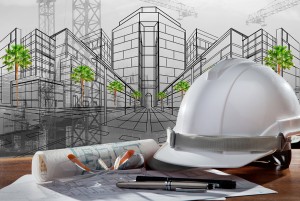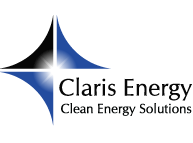 The possible extension of the EPAct 179D tax deduction signifies that architects and designers can still get financial stimuli for the execution of their projects. Understanding the specifics and knowing how to qualify for the tax incentive will be essential for professionals in the field of energy efficient building improvements.
The possible extension of the EPAct 179D tax deduction signifies that architects and designers can still get financial stimuli for the execution of their projects. Understanding the specifics and knowing how to qualify for the tax incentive will be essential for professionals in the field of energy efficient building improvements.
If you are an architect or a designer and you have interest in 179D tax incentives, you will benefit from the suggestions listed in this guide.
Overview of the EPAct 179D Tax Deduction
Architects, designers and owners of companies that construct energy efficient buildings can deduct all parts or some of the project’s costs. Under the EPAct 179D tax incentive:
- The tax deduction can reach up to 1.80 dollars per square foot for improvements that will decrease the building’s energy and power costs by 50 percent or more. Some of the best possibilities include the installation of energy efficient interior lighting systems, HVAC systems, hot water systems and building envelope improvements.
- The reduction in energy usage should be certified and compared to the energy usage of a reference building.
- IRS-approved software programs have to be used to make the energy usage calculations needed for the EPAct 179D tax incentive qualification.
The person that will benefit from the tax incentive is either the individual or the company responsible for the execution of the project.
Are You a Suitable Candidate for the Deduction?
Professionals need to meet various criteria in order to qualify for the EPAct 179D tax incentive.
It is important to keep in mind that square footage is a crucial factor for the determination of the taxation benefits. This factor is much more important than the amount of money invested in the execution of the project.
Having project square footage of at least 50,000 square feet is the ideal possibility. Any building that is smaller will return negligible returns from the program. It is also important to think about the types of energy efficiency improvements. Careful planning will be the key to bringing energy usage down and experiencing the financial benefits of the program.
Several Other Factors, Tips and Requirements
Though the general rules of qualifying for the EPAct 179D tax deduction have already been outlined, there are several other possibilities that architects, designers and building company owners can benefit from.
Partial deductions are available for projects that do not correspond to the requirements mentioned in the first part of the article. Such partial deductions are available for individual installations or the use of sub-systems that still result in decreased energy consumption but that fail bringing the total power costs down by 50 percent.
Interior lighting projects based on a sliding scale of energy saving will qualify for a deduction ranging between 30 and 60 cents per square foot. Building envelope deductions of 60 cents per square foot are also available. The final qualifying improvement for the partial deduction is an HVAC or a hot water system. The deduction will once again be 60 cents per square foot.
The required energy saving for the partial measures is 25 percent for interior lighting systems, 15 percent for HVAC systems and 10 percent for building envelope projects.
Steve Nanos
Latest posts by Steve Nanos (see all)
- LED Lighting – A Great EPAct 179D Qualification Possibility - February 3, 2015
- 45L Credit Requirements for Begun Constructions - January 29, 2015
- Can Section 179D Incentives Help Businesses Save a Lot of Money? - January 27, 2015

 609.275.8484
609.275.8484